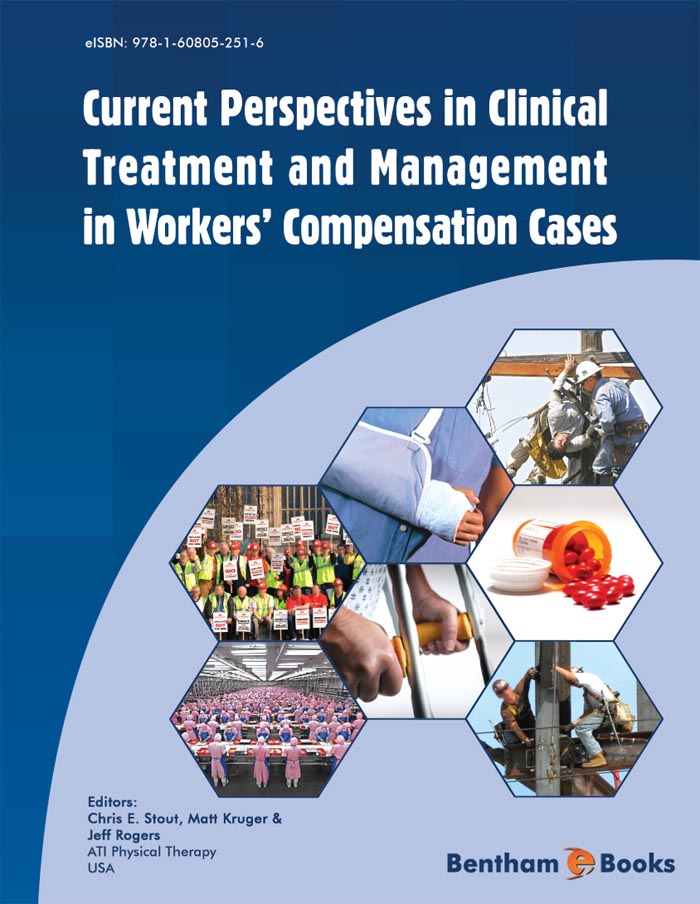It is a great feeling to see this book project come to fruition. In a way it is a natural and evolutionary progression from my perspective. That is, back in 1996, I founded the Athletic and Therapeutic Institute, or ATI, literally in my basement. Not unlike a proverbial “garage start-up”—my focus was not that of technology hardware or software development, but rather developing a unique approach to help injured workers regain their strength, their confidence and thus their jobs and their lives.
This book provides an amalgam of perspectives—not all necessarily in accord with one another either. The editors, Chris Stout, Matt Kruger and Jeff Rogers, come to work with the injured employee population from differing perspectives themselves, in fact they wanted to be “professionally ecumenical” in the opinions and point of views they present, and as a reader, I am sure you will see that they accomplished this.
As ATI has grown from my basement into a national company in five states as a provider of outpatient physical therapy and related services to injured patients and workers, we currently have over 100 clinics in Illinois, Wisconsin, Delaware, Maryland and Pennsylvania. Early on, ATI worked to distinguish itself by incorporating a comprehensive treatment philosophy in all types of care and clinical services that incorporate best practices from traditional physical therapy, exercise physiology and strength/athletic training, synthetic with relevant evidencebased findings from the scientific literature. In fact, while much of the unifying thread of this book is based on evidence-based practices, it was just that concept that our flagship and pioneering F.I.R.S.T.™, or Functional Integration of Rehabilitation and Strength Training program was born. (F.I.R.S.T.™ is a work conditioning/hardening treatment based program.) When I started F.I.R.S.T. ™ and ATI, I was driven by the necessity to develop a far more effective rehabilitative treatment option than standard rehabilitative programs. So, in developing the F.I.R.S.T. ™ model, I first sought “ecumenical” input from orthopedic surgeons, physical therapists, athletic trainers, exercise physiologists, attorneys, occupational medicine specialists, and bio-mechanists in architecting an optimal and unique return to work program. Over the past 10 years, the F.I.R.S.T. ™ program has successfully returned over 5,000 post-therapy patients back to work.
A similar perspective of identifying problems, finding solutions, and considering differing perspectives is the formula that Chris, Matt, and Jeff have used while writing their book, and I applaud them for it—for I know another similarity is that it was not an easy nor a fast project to complete. And to their credit, I believe it is a success.
Gregory F. Steil
ATI Physical Therapy
Bolingbrook, IL
USA





